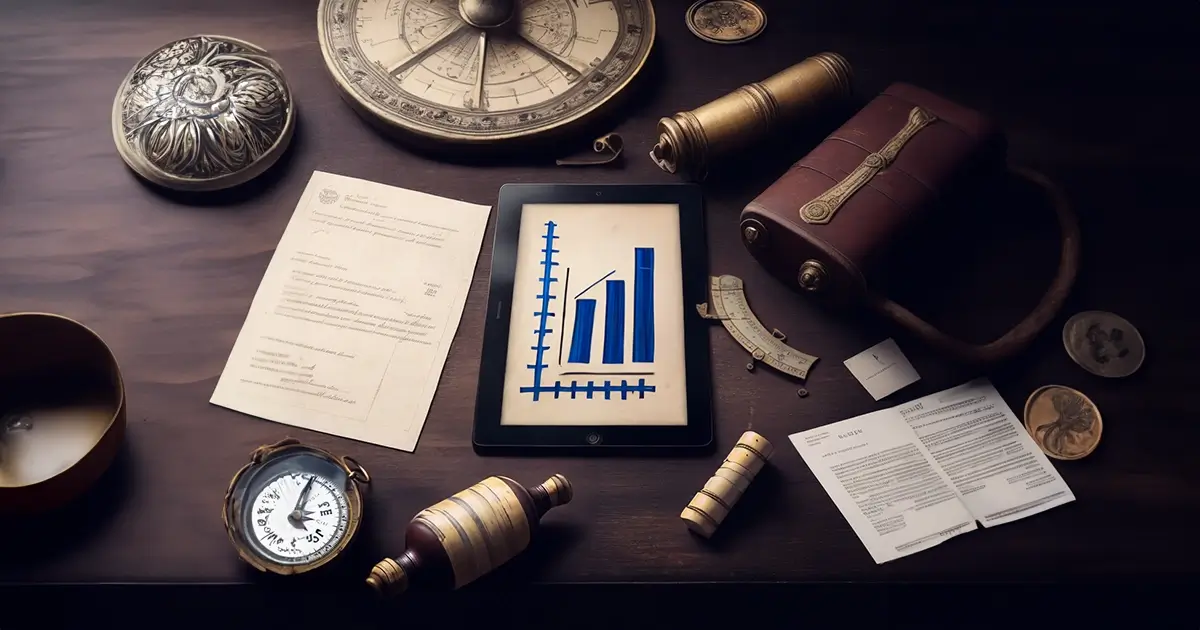The Role of Crowdfunding in Big Geographical Discoveries: Unraveling the Financial Tales of Historic Voyages
The Funding of Columbus: A Kingdom's Gamble
Christopher Columbus, known for discovering the Americas, initially struggled to finance his expedition. After being rejected by multiple European monarchs, it was Spain's Queen Isabella and King Ferdinand who finally took the fundraising mantle, viewing his mission as a potential investment into expanding their empire (Phillips & Phillips, 1992). The investment paid off, leading to the European colonization of the New World.
Magellan’s Circumnavigation: A Country’s Commitment
Ferdinand Magellan's voyage, the first to circumnavigate the Earth, required substantial funding. Recognizing the potential benefits of finding a westward route to the Spice Islands, the Spanish Crown, led by King Charles I, provided most of the necessary resources (Zweig, 1938). This early form of crowd-sourced financial backing proved transformative, changing the world's understanding of global geography.
Pooling Resources: Merchants, Monarchs, and More
Monarchs as Main Investors: For explorers, royal courts were the primary stop for fundraising. Monarchs, lured by the prospects of expanding their territories and wealth, were often the biggest patrons of these voyages (Bergreen, 2003).
Merchant Backers: Merchants, understanding the lucrative potential of new trade routes and exotic commodities, also played their part. They often pooled their resources, acting as key contributors to these exploratory missions (Parry, 1981).
Public Participation: Although less common, there were instances where commoners, driven by national pride or lured by potential riches, contributed to funding these expeditions (Dunn, 2004). This grassroots level of fundraising closely resembles today's crowdfunding platforms.
Modern Day Crowdfunding: Echoes of the Past
The age-old practice of pooling resources for grand ventures mirrors today's crowdfunding landscape. Platforms like Kickstarter and Indiegogo are simply digital evolutions of historic fundraising activities. Just as Columbus and Magellan relied on collective funding to explore uncharted territories, today's innovators turn to the masses to bring their pioneering projects to life (Gerber & Hui, 2013).
From the decks of wooden ships to the pages of digital platforms, the spirit of crowdfunding remains a driving force in realizing audacious dreams. The historic geographical discoveries of yesteryears and today’s groundbreaking projects share a common thread: collective investment and a shared vision for the future.
References:

